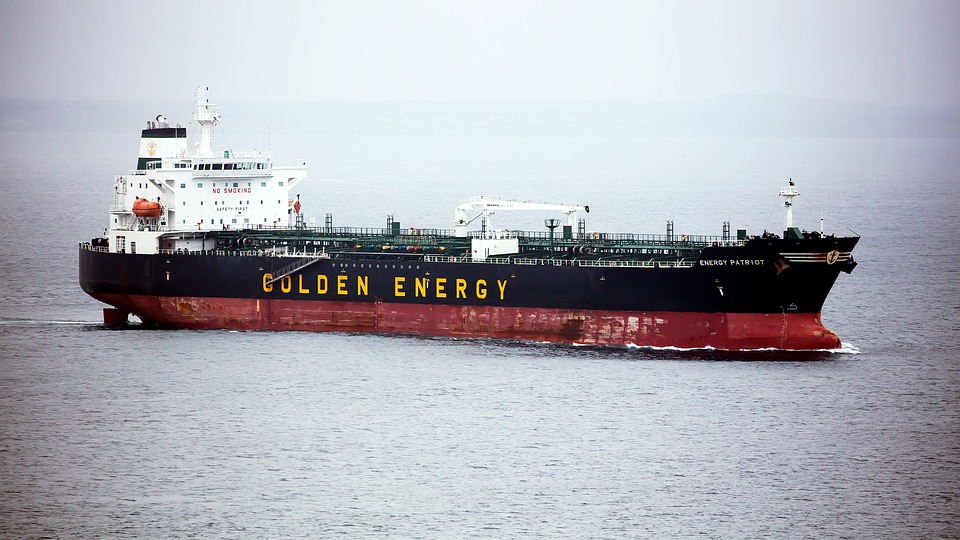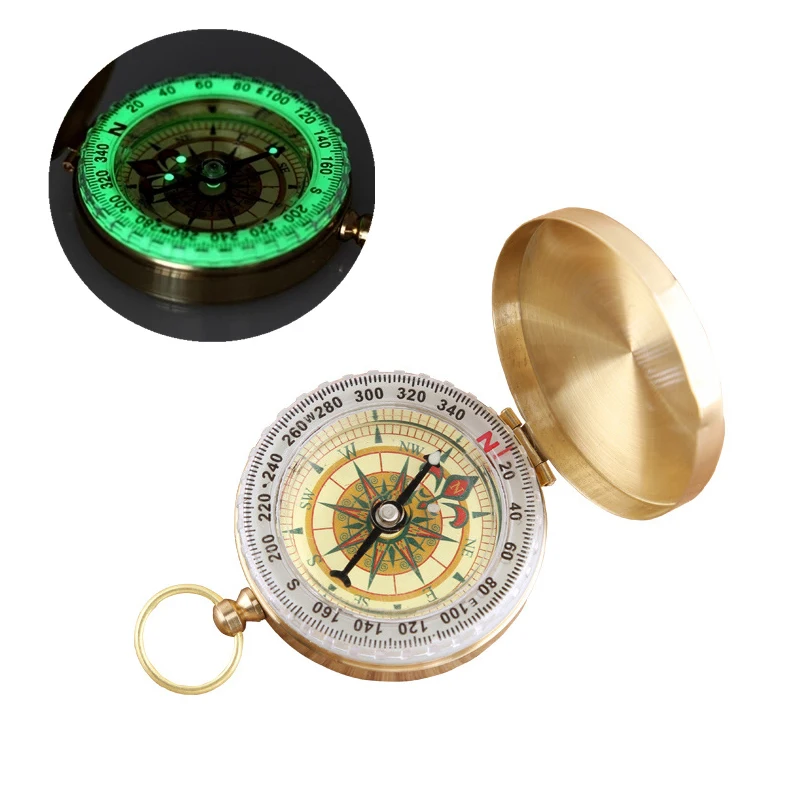The great writer George Orwell, contemplating a world that in 1945 was under the threat of nuclear war, warned of “a peace that is no peace,” which he christened a “cold war.” He was referring to the ideological, technological and potentially military confrontation between the Soviet Union and the West. A new “cold war” is taking shape today between the U.S. and China, which Argentine foreign policy must take into account.
Scottish historian Niall Ferguson has noted that World War II was not the same as World War I, although there was no doubt World War II was a global conflict. He maintains that the same thing is happening with a second cold war between the U.S. and China, that it is not equal to the first Cold War, but it is “a peace that is no peace.” To support his position, Ferguson quotes Henry Kissinger, who at the end of 2019 said, “We are still in the foothills of a Cold War.” Later, in 2020, Kissinger said: “I think we’re in the mountain passes now [of a cold war].” By 2022, Kissinger was warning that a new cold war will be far more dangerous than the first.
In this vein, Ferguson contends that although the West won the Cold War, there is no guarantee that it will win a second. China, whose economy is about the same size as the U.S. economy, is a more formidable adversary than the Soviet Union, whose gross domestic product reached only 44% of U.S. GDP. In addition to its nuclear and conventional firepower, China competes with determination in the technological arena, and is dominating in 5G, artificial intelligence and quantum computing. Moreover, if in the Cold War Washington could identify only a few people from the Soviet bloc in the U.S., today countless Chinese citizens in the country permit Beijing to have physical and electronic access to U.S. technological secrets. This is why Ferguson is encouraging Washington to acknowledge the existence of a second cold war, so the necessary measures can be taken to win it.
In this context, Ferguson has been thinking about the U.S. policy of “strategic ambiguity” toward Taiwan. The policy recognizes only one China, but legislation passed by Congress advocates for the security of Taiwan and seeks to deter China from attacking the island, which Beijing regards as part of its territory. Ferguson notes that various U.S. leaders, including President Joe Biden, are currently talking about disavowing this ambiguity and doing something with respect to Taiwan. And because of that, Ferguson has warned that a conflict with China over Taiwan, carried out in the wrong way and at the wrong time, could become the Suez moment of U.S. foreign policy. He was alluding to the Suez Crisis in 1956, when after a botched attempt to recapture the Suez Canal, Great Britain became conscious that its influence had waned, and the U.S. had become the dominant world power.
So, Ferguson sees three possible scenarios in a second cold war. The first is to move toward World War III. We must avoid this but we cannot disregard it. The second scenario is a U.S. Suez moment in Taiwan, which would imply the end of Washington’s predominance and Beijing’s rise to primacy. The third scenario, and the one that is expedient, is to block Chinese advances in a number of areas around the world and limit the chances for China to catch up to or overtake the U.S. in the technology arena.
In view of this scenario of “a peace that is no peace,” Argentine foreign policy must carefully evaluate the technological and strategic aspects of its relationships with the U.S. and China, and its approach with respect to Taiwan.





















































